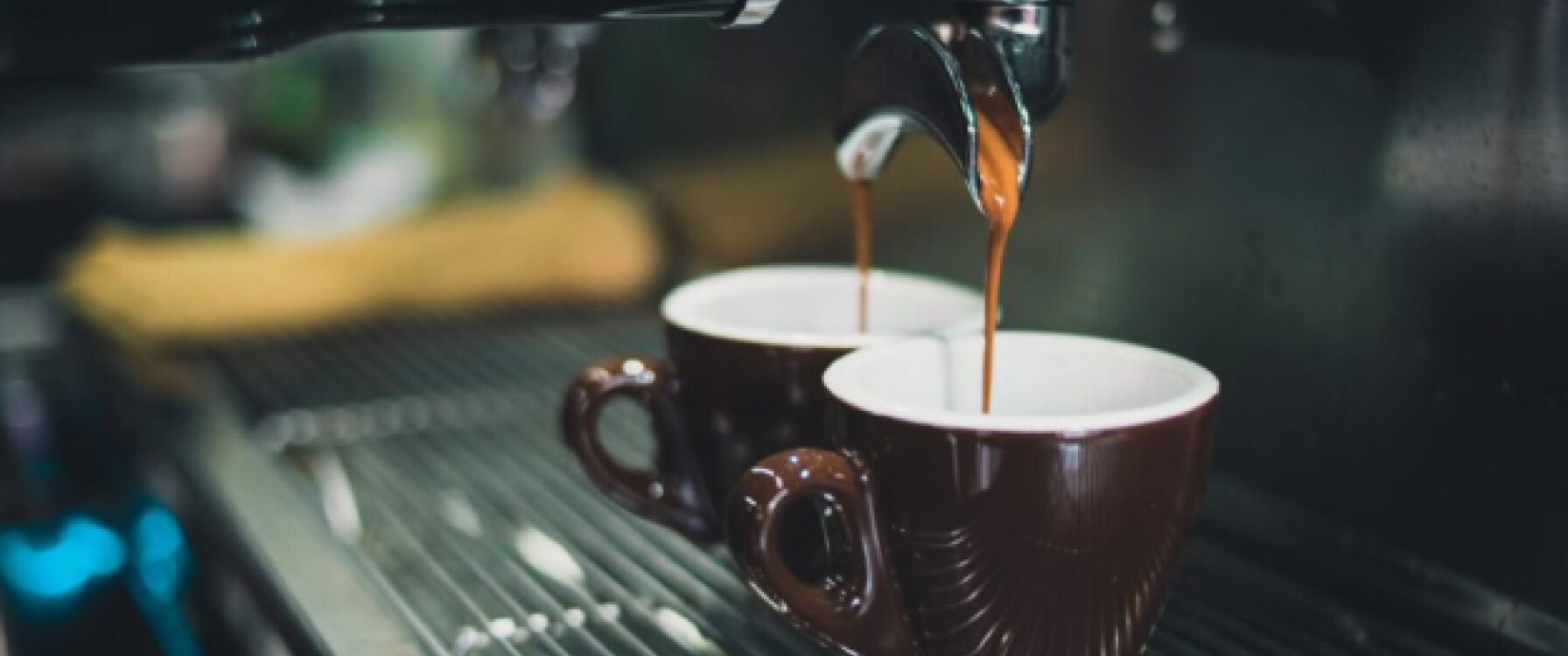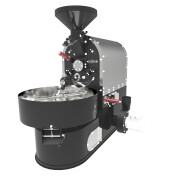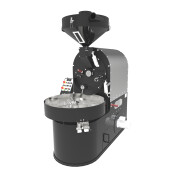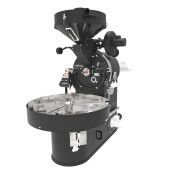
How is the coffee roasted? The basics of coffee roasting
Rich aroma, dark brown colour, and a lot of different varieties to choose from - that's the beans we're used to.
But what exactly is the secret behind coffee roasting and why is it so important to do so? Today we’ll break down this process to bits, starting from the basics. You’ll learn about what happens at every stage, as well as how it affects the final product.
Why is it so important to roast our beans before making coffee? Why couldn’t we use fresh beans instead? In fact, we could – and sometimes we actually do – but the beverage we’d end up with wouldn’t even remotely resemble the one we all crave so much every morning. Green beans have a fresh and grassy feeling to them. The whole process of roasting is what gives the coffee its traits – it releases up to a thousand unique compounds responsible for the tase and aroma. Yes, it is that important.
The basics of coffee roasting – all you need to know
How to turn your green and grassy beans into a batch of beautifully roasted coffee that you can find in a bag at your local shop? There are three basic stages of the roasting process that you should be aware of. It all starts with the drying stage – at that time, the initial humidity of fresh beans is extracted to prepare them for the following steps. It usually takes only a few minutes in a drum roaster (such us the SR series available in our offer) with the temperature set to around 160 degrees.
After the beans are dry, we begin a browning stage – that’s when the temperature goes above 160⁰C. The crucial part of the browning part is the Maillard reaction. Sugars and amino acids react together, kickstarting the creation of various melanoids – compounds responible for aroma and colour of the beans. That’s what makes them brown.
Coffed Coffee Roasters
The final stage is actual coffee roasting. It begins after the first crack, which is when the beans start to actually explode, due to the energy accumulated I the previous stages of the process. It is a crucial moment, also referred to as the development stage. It pretty much says it all – it’s when all the desired aromas are developed. The roast should be taken slow to avoid making the coffee to sharp and smoky. Check other articles available on our website to learn more!




.jpg/408_286_crop.jpg?ts=1749187135&pn=blog-thumb-small)

